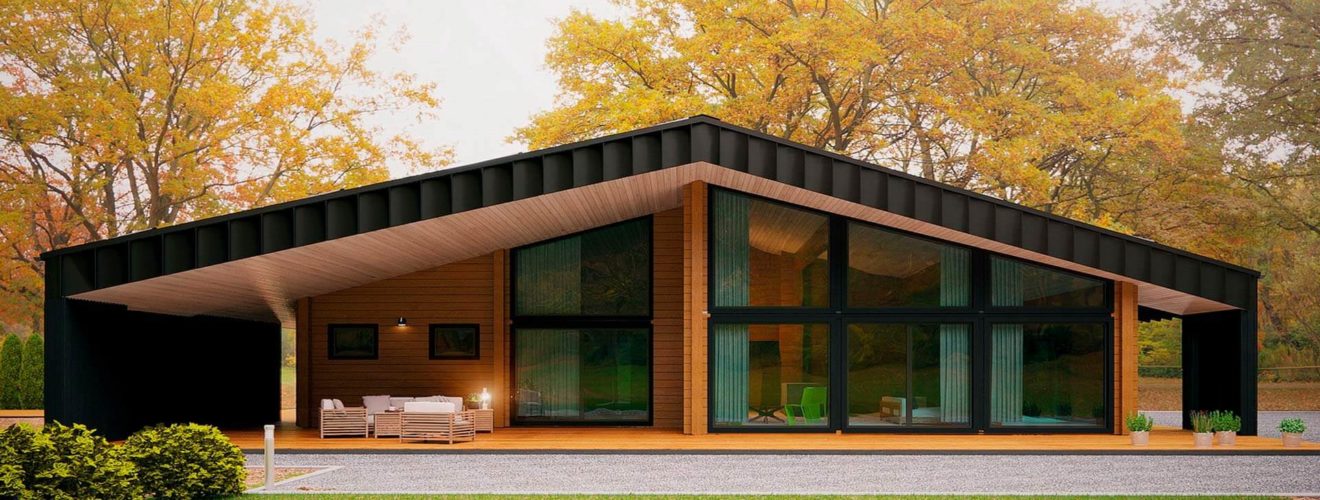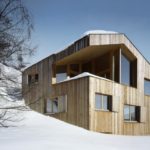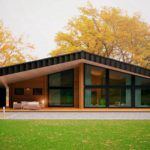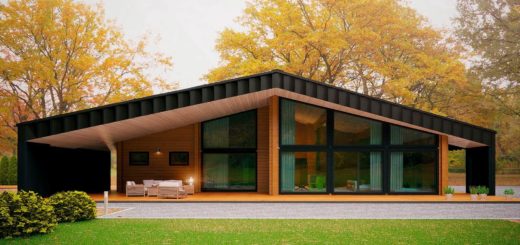Are Prefabricated Wooden Houses Worth It in 2025?

🏠 Prefabricated Wooden Houses: Truths and Myths
Prefabricated wooden houses have become an increasingly popular alternative to traditional construction. These homes stand out for their affordability, sustainability, and quick assembly. In this article, we analyze the truths and myths about wooden houses so you can make an informed decision based on real facts and technical insights.
If you’d like to learn more about the general concept of prefabricated homes, check out the Wikipedia article about prefabricated houses.

💶 Are wooden houses cheaper than conventional houses?
✅ TRUE (with nuances)
In general, a prefabricated wooden house is more affordable than a brick or concrete home, but not always for the reasons you might think:
- 🪵 They are simpler structures and often smaller in size.
- ⚙️ They use a single main material—wood—which simplifies construction and reduces costs.
- 🎨 Interior and exterior finishes are usually more basic and therefore cheaper.
In short, wooden houses cost less mainly because they are simpler and smaller, not necessarily because the building method is cheaper.
🧱 Are prefabricated wooden houses worse than brick houses?
❌ FALSE
A wooden house can offer the same level of quality and durability as a traditional one. Wood is a natural, strong, flexible material with great thermal properties. It performs well under ground movement and temperature changes.
The overall quality depends on the type of wood, design, and maintenance. There’s no reason to claim wooden houses are inferior to brick or concrete homes.
To learn more, read about the balloon frame system for wooden houses.
🪚 Do wooden houses require more maintenance?
✅ TRUE
Wood requires regular maintenance, especially for exterior surfaces. Protective coatings must be applied periodically to prevent moisture, UV damage, and insect attacks. This makes maintenance more frequent and slightly more expensive than for brick or concrete structures.
🔥 Do wooden houses provide better thermal insulation?
❌ FALSE
Although wood naturally offers good thermal resistance, modern insulation materials—such as polyurethane or mineral wool—achieve better results.
However, wooden interiors tend to warm up faster and feel cozier, offering a pleasant sense of comfort.

📄 Do wooden houses not require a project or building permit?
❌ FALSE
Any structure permanently attached to the ground and connected to utilities such as water, electricity, or sewage requires a building permit and technical project. Prefabricated wooden houses are real estate once installed, just like conventional homes.
To review the legal standards that apply, visit the Spanish Technical Building Code (CTE).
🚚 Can prefabricated wooden houses be easily moved?
❌ FALSE
Although some parts are prefabricated in a workshop, most wooden houses are assembled directly on-site. Moving them later is complex and costly—it requires special transport and reassembly.
🌿 Conclusion: pros and cons
Prefabricated wooden houses are a great choice for those seeking fast construction, lower environmental impact, and natural aesthetics.
However, they require consistent maintenance and have a shorter lifespan for exterior finishes if not properly maintained.
Before making your decision, compare prices, seek professional advice, and make sure your project complies with local building regulations.












